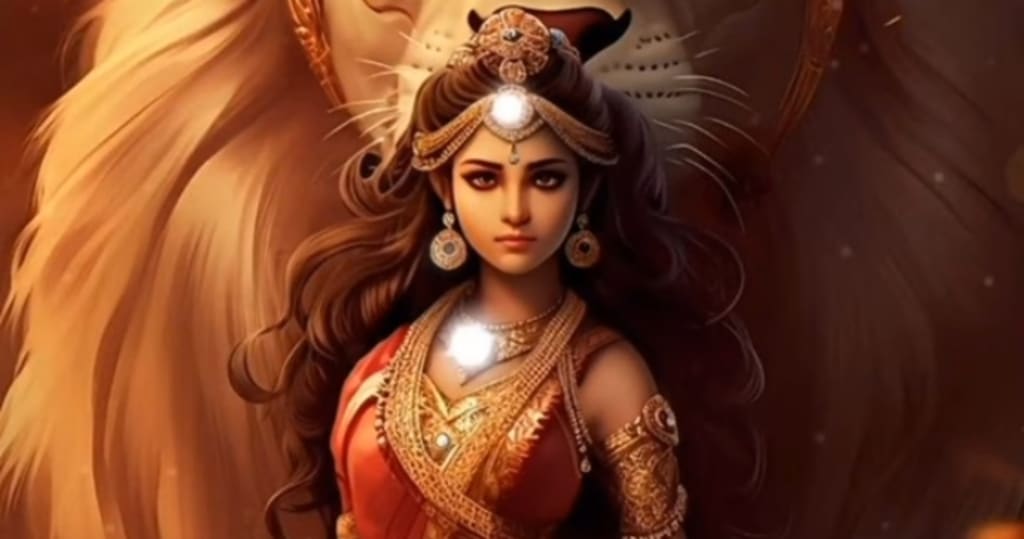Devaloga mangai oorvasi
Urvashi’s stories are not just tales of beauty and desire but also reflections on the complexities of love, the intersections of the divine and mortal realms, and the pursuit of artistic excellence. Her character, both in mythology and in cultural expressions, embodies the dualities of existence: the celestial and the terrestrial, the eternal and the ephemeral, the spiritual and the sensual.

### Devaloga Mangai Oorvasi: The Celestial Apsara
In the rich tapestry of Hindu mythology, Urvashi (also spelled as Oorvasi) stands out as one of the most enchanting and significant figures. Known as the celestial apsara, she embodies the epitome of beauty, grace, and ethereal charm. Her stories, intertwined with gods, sages, and mortals, have been recounted in various texts, including the Rigveda, Mahabharata, and several Puranas, painting a picture of a divine enchantress whose allure could sway even the most resolute hearts.
#### Origins and Divine Beauty
Urvashi's origins are celestial, as she is one of the apsaras, or heavenly nymphs, created to entertain the gods and bless the celestial realms with her beauty and dance. The apsaras are often depicted as residing in Indra’s court, the king of the gods, where they perform mesmerizing dances and music, adding to the splendor of the divine kingdom. Urvashi's beauty, however, is described as surpassing that of all other apsaras, making her a figure of profound fascination and desire.
According to the Rigveda, one of the earliest references to Urvashi, she was born from the thigh of the great sage Narayana during a sacrificial ritual, which accounts for her name, derived from "uru," meaning "thigh" in Sanskrit. This extraordinary birth story sets the stage for her unique place among the divine beings.
#### Urvashi and Pururavas
One of the most celebrated tales involving Urvashi is her love story with the mortal king Pururavas. This story, which finds a detailed narration in the Rigveda and later texts, is a poignant mix of love, separation, and divine intervention.
Pururavas, the son of Budha (Mercury) and Ila, a beautiful and heroic king, once encountered Urvashi in a fateful meeting. Struck by his valor and handsomeness, Urvashi fell deeply in love with him. Their union, however, was marred by a condition set by Urvashi: Pururavas was not to be seen naked by her. They lived happily until one night, the gandharvas (celestial musicians) conspired to separate them, stealing a lamb from their chamber. In the ensuing confusion, Pururavas rushed to retrieve the lamb, accidentally exposing himself to Urvashi’s gaze. Bound by the condition, Urvashi had to leave him, returning to the heavens, leaving Pururavas heartbroken.
This poignant story underscores the transient nature of human relationships when juxtaposed with the divine. Despite his love and the union they shared, Pururavas' mortal limitations could not hold a celestial being bound to earthly conventions.
#### Symbol of Desire and Divine Dance
Urvashi’s role extends beyond her love stories, encompassing the broader cultural and religious contexts of Hinduism. As a symbol of desire and beauty, she represents the power of attraction and the potential distractions from spiritual pursuits. Many sages and gods have been depicted as succumbing to her allure, indicating the trials of maintaining spiritual discipline.
Her dance and artistic talents are also central to her identity. In many texts, her performances are described as capable of enchanting entire assemblies of gods. The apsaras, led by Urvashi, often perform to please the gods, especially Indra, maintaining the harmony and joy of the celestial realms.
#### Urvashi in Literature and Performing Arts
The influence of Urvashi’s legend extends into classical Indian literature and performing arts. Kalidasa’s famous play "Vikramorvashiyam" (The Hero and the Nymph) explores the theme of divine love and the trials faced by Urvashi and Pururavas. This Sanskrit drama delves deeper into the emotional and psychological aspects of their relationship, offering a rich narrative filled with lyrical beauty and philosophical insights.
In the realm of dance and music, Urvashi’s legacy is profound. Classical dance forms like Bharatanatyam, Kathak, and Odissi often depict episodes from her life, celebrating her as the quintessential dancer of the heavens. The depiction of Urvashi in these performances serves to highlight the connection between the divine arts and mortal expressions of beauty and devotion.
#### Urvashi's Enduring Legacy
Urvashi’s stories are not just tales of beauty and desire but also reflections on the complexities of love, the intersections of the divine and mortal realms, and the pursuit of artistic excellence. Her character, both in mythology and in cultural expressions, embodies the dualities of existence: the celestial and the terrestrial, the eternal and the ephemeral, the spiritual and the sensual.
In conclusion, Devaloga Mangai Urvashi remains a figure of immense fascination in Hindu mythology and Indian cultural heritage. Her tales of love, beauty, and divine artistry continue to inspire and captivate, offering timeless insights into the human condition and the eternal quest for transcendence through love and art.
About the Creator
Enjoyed the story? Support the Creator.
Subscribe for free to receive all their stories in your feed. You could also pledge your support or give them a one-off tip, letting them know you appreciate their work.





Comments
There are no comments for this story
Be the first to respond and start the conversation.